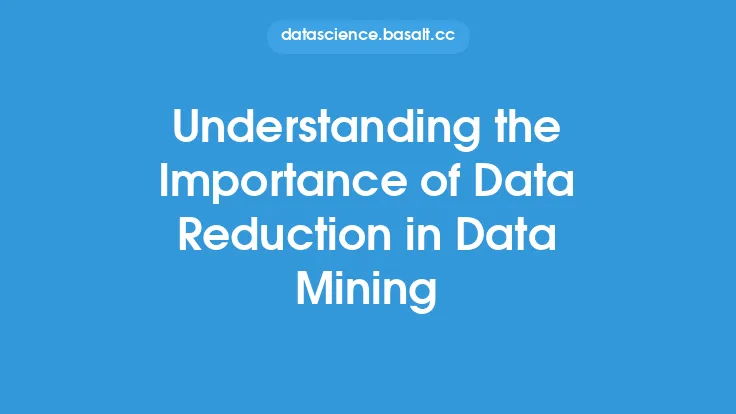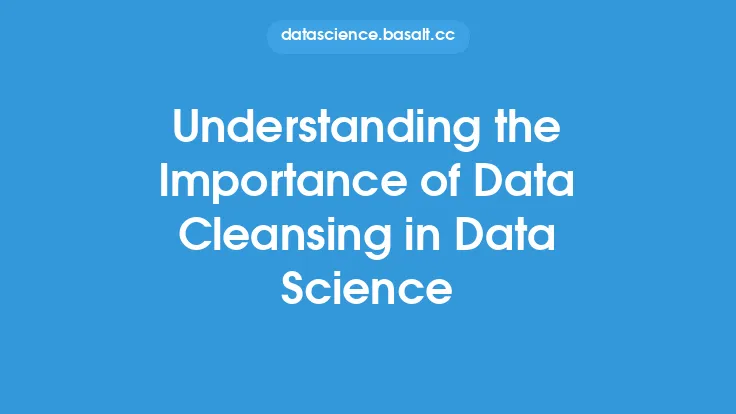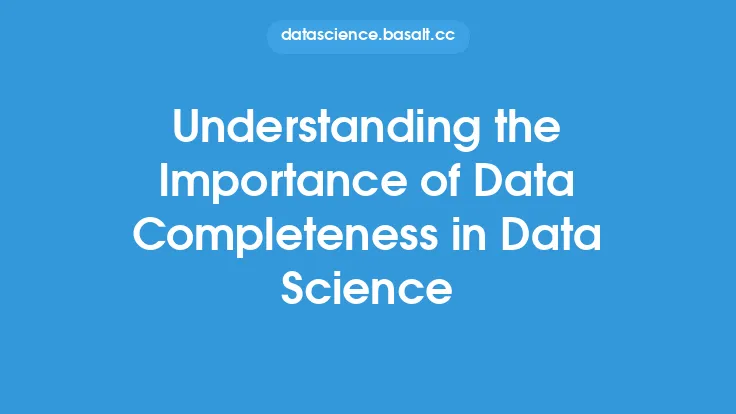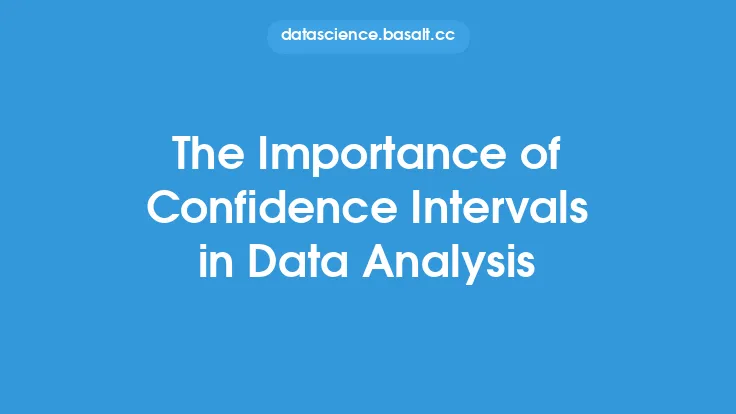Data analysis is a crucial process in extracting insights and meaningful patterns from data. However, the sheer volume and complexity of data can make analysis a daunting task. This is where data reduction comes into play, a process that simplifies complex data sets by reducing their size while preserving the most important information. Data reduction is essential in data analysis as it enables analysts to focus on the most critical aspects of the data, reducing the noise and irrelevant information that can hinder the analysis process.
What is Data Reduction?
Data reduction is a process used to decrease the amount of data being analyzed while maintaining the integrity and accuracy of the results. It involves selecting the most relevant data points, features, or variables that contribute to the understanding of the problem or phenomenon being studied. The goal of data reduction is to simplify the data, making it easier to analyze, visualize, and interpret. Data reduction can be achieved through various techniques, including data aggregation, data sampling, feature selection, and dimensionality reduction.
Benefits of Data Reduction
Data reduction offers several benefits in data analysis. Firstly, it reduces the computational resources required to analyze the data, making the process faster and more efficient. Secondly, it helps to eliminate noise and irrelevant information, which can improve the accuracy of the results. Thirdly, data reduction enables analysts to focus on the most critical aspects of the data, reducing the complexity and making it easier to identify patterns and relationships. Finally, data reduction can help to improve the visualization of the data, making it easier to communicate insights and findings to stakeholders.
Types of Data Reduction
There are several types of data reduction techniques, each with its own strengths and weaknesses. Data aggregation involves combining multiple data points into a single value, such as calculating the mean or median of a dataset. Data sampling involves selecting a subset of data points from a larger dataset, which can be used to represent the entire population. Feature selection involves selecting the most relevant features or variables that contribute to the understanding of the problem or phenomenon being studied. Dimensionality reduction involves reducing the number of features or variables in a dataset while preserving the most important information.
Data Reduction Techniques
Several data reduction techniques are used in data analysis, including principal component analysis (PCA), singular value decomposition (SVD), and independent component analysis (ICA). PCA is a widely used technique that reduces the dimensionality of a dataset by selecting the most important features or variables. SVD is a technique that decomposes a matrix into three matrices, which can be used to reduce the dimensionality of a dataset. ICA is a technique that separates mixed signals into their original sources, which can be used to reduce the dimensionality of a dataset.
Challenges and Limitations
While data reduction is an essential process in data analysis, it also has its challenges and limitations. One of the main challenges is selecting the most relevant data points, features, or variables that contribute to the understanding of the problem or phenomenon being studied. Another challenge is determining the optimal level of data reduction, as excessive reduction can lead to loss of important information. Additionally, data reduction can be sensitive to the choice of technique and parameters, which can affect the results.
Real-World Applications
Data reduction has numerous real-world applications in various fields, including business, healthcare, finance, and social sciences. In business, data reduction is used to analyze customer behavior, preferences, and purchasing patterns. In healthcare, data reduction is used to analyze medical images, patient outcomes, and treatment effectiveness. In finance, data reduction is used to analyze market trends, risk management, and portfolio optimization. In social sciences, data reduction is used to analyze social networks, behavior, and attitudes.
Conclusion
In conclusion, data reduction is a critical process in data analysis that simplifies complex data sets by reducing their size while preserving the most important information. It offers several benefits, including reduced computational resources, improved accuracy, and enhanced visualization. Various data reduction techniques are available, each with its strengths and weaknesses. While data reduction has its challenges and limitations, it has numerous real-world applications in various fields. As data continues to grow in volume and complexity, data reduction will play an increasingly important role in extracting insights and meaningful patterns from data.





